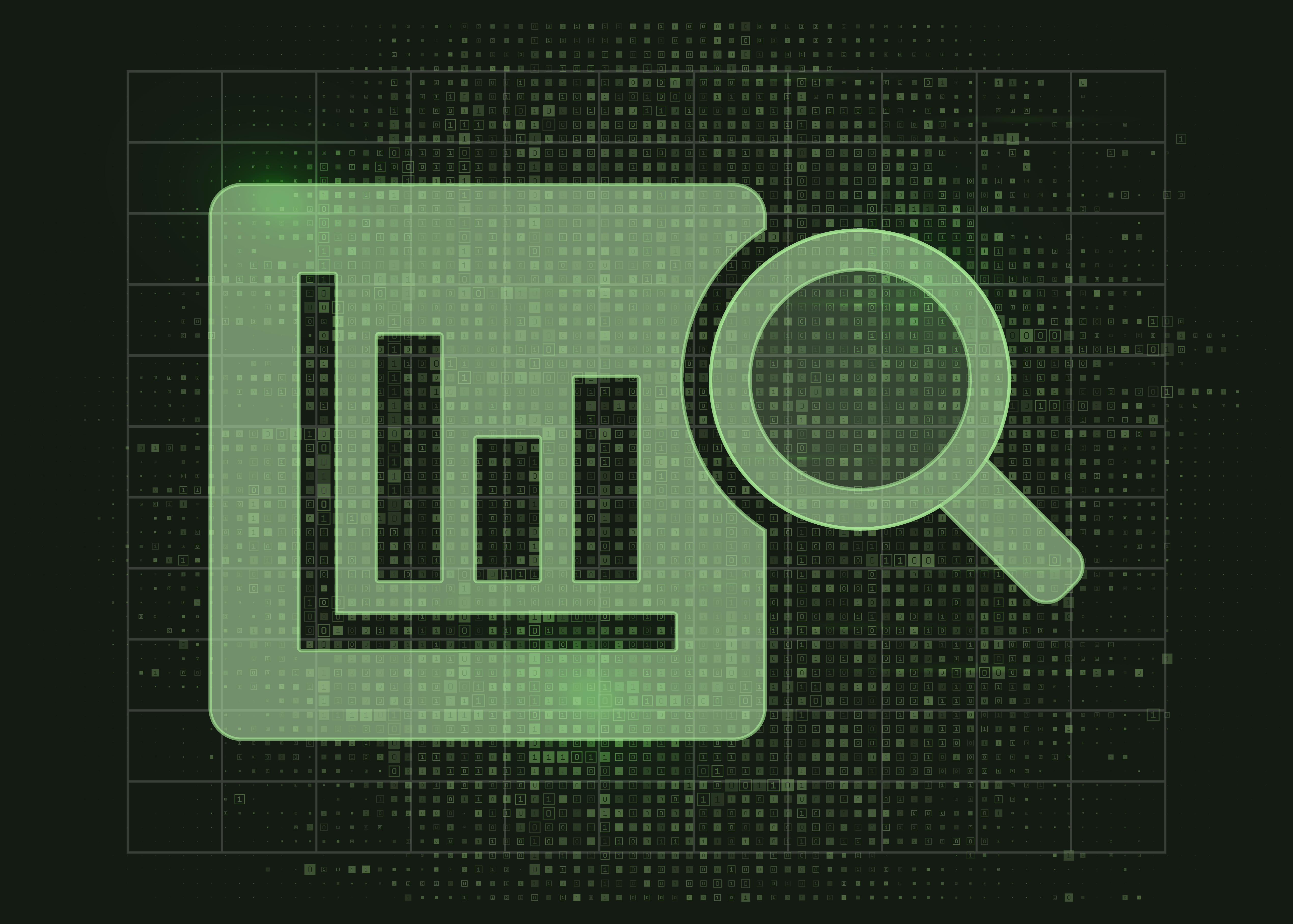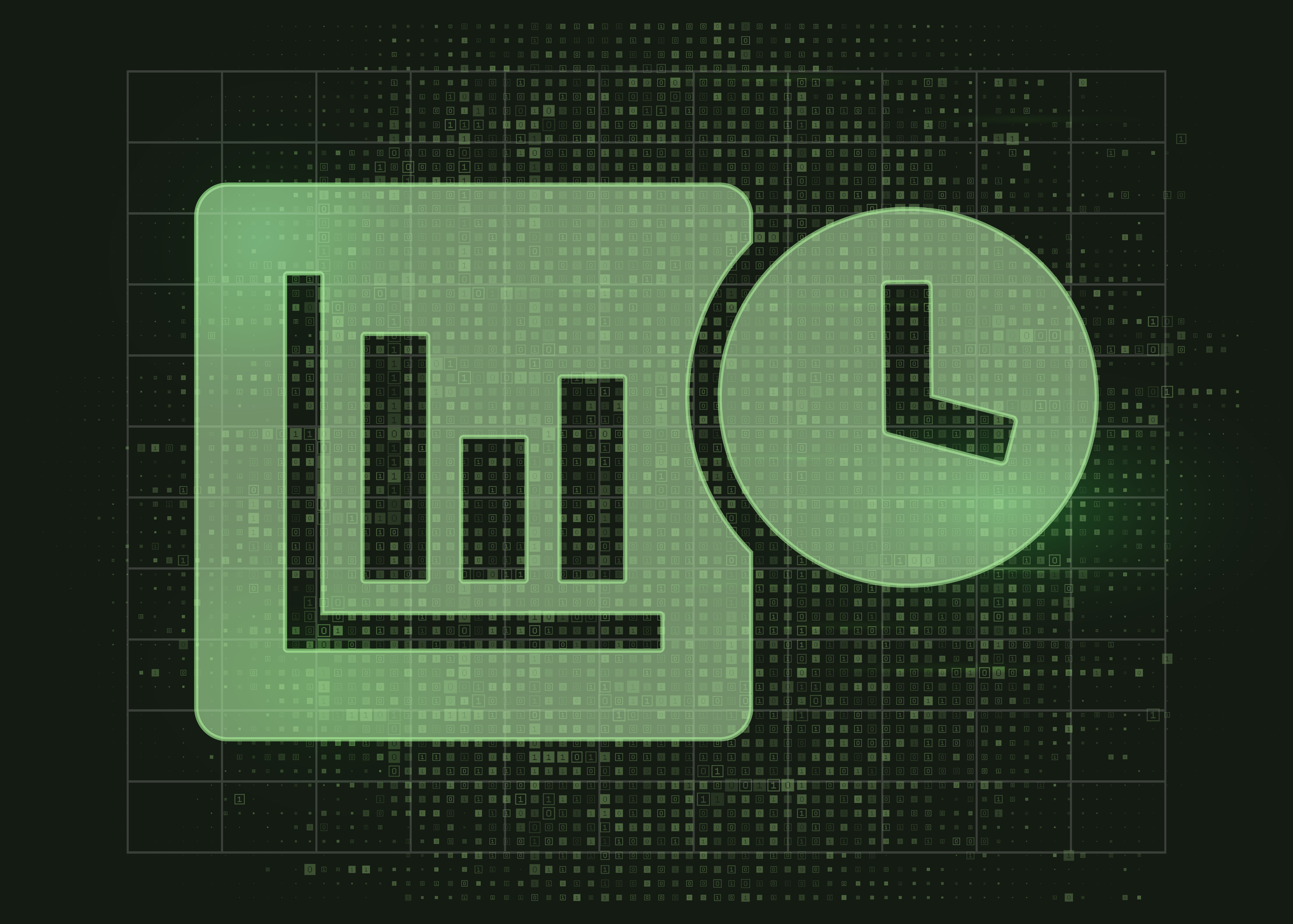Predictive Analytics for Data-Driven Decisions
Harnessing the Power of Data for Strategic Insights
Discover the power of predictive analytics, a key driver in today’s data-centric world. Unlock insights, foresee trends, and make informed decisions that shape the future of your business. Dive into a world where data isn’t just numbers, but a roadmap to success.

What is Predictive Analytics?
Predictive Analytics is the practice of using data, statistical algorithms, and machine learning to forecast future events. It involves analyzing past and current data to predict trends, behaviors, and outcomes, helping businesses anticipate and prepare for the future. This approach is pivotal in various sectors for optimizing strategies, enhancing decision-making, and gaining a competitive edge.
Why Predictive Analytics?
Predictive analytics stands at the forefront of data-driven decision-making, offering profound insights for proactive strategies and competitive advantage. It transforms complex data into clear foresights, enabling businesses to anticipate market changes, understand customer behavior, and optimize operations.
Insightful Decision-Making
Predictive analytics transforms raw data into meaningful insights, enabling businesses to make well-informed decisions. By predicting future trends and behaviors, organizations can proactively address challenges and seize opportunities.
Enhanced Efficiency
Utilizing predictive models streamlines business processes, reduces costs, and improves operational efficiency. It allows for the anticipation of demands, optimization of resources, and effective risk management.
Competitive Advantage
In a rapidly evolving market, staying ahead means understanding and adapting to changes quickly. Predictive analytics provides a competitive edge by forecasting market trends, customer needs, and emerging opportunities before they become evident.
Customized Solutions
By understanding customer patterns and preferences, businesses can tailor their offerings, enhancing customer satisfaction and loyalty. Predictive analytics enables the creation of personalized experiences, driving engagement and growth.
Key Techniques and Tools in Predictive Analytics
Predictive analytics is powered by a variety of sophisticated techniques and tools, each contributing uniquely to understanding and predicting future trends and patterns.
Insightful Decision-Making
A statistical method used to understand relationships between variables. It’s crucial for predicting a dependent variable based on one or more independent variables.
Machine Learning Algorithms
These algorithms, including decision trees, neural networks, and random forests, learn from historical data to predict future outcomes. They adapt as they are exposed to more data, becoming more accurate over time.
Time Series Analysis
This technique analyzes time-ordered data points to forecast future values. It’s particularly useful in financial forecasting and inventory planning.
Insightful Decision-Making
A statistical method used to understand relationships between variables. It’s crucial for predicting a dependent variable based on one or more independent variables.
Machine Learning Algorithms
These algorithms, including decision trees, neural networks, and random forests, learn from historical data to predict future outcomes. They adapt as they are exposed to more data, becoming more accurate over time.
Time Series Analysis
This technique analyzes time-ordered data points to forecast future values. It’s particularly useful in financial forecasting and inventory planning.
Challenges and Solutions in Predictive Analytics
Implementing predictive analytics comes with its set of challenges, but understanding and addressing these effectively can lead to successful outcomes.
Data Quality and Availability
Investing in Data Management
Integrating Diverse Data Sources
Utilizing Advanced Data Integration Tools:
Skill Gap
Training and Development
Keeping Up with Rapidly Changing Technologies
Staying Informed and Agile
Future of Predictive Analytics
As we look ahead, the field of predictive analytics is poised for exciting advancements, signaling a transformative impact across various sectors.
Integration of AI and Machine Learning
The integration of artificial intelligence (AI) and advanced machine learning techniques is set to revolutionize predictive analytics, offering even more precise and nuanced predictions.

Advancements in Real-time Analytics
Real-time data processing and analytics will enable businesses to make quicker, more informed decisions, reacting to market changes as they happen.

Increased Accessibility through Cloud Computing
Cloud-based analytics tools are democratizing access to predictive analytics, allowing more organizations to leverage this powerful technology regardless of their size.

Ethical and Responsible Use of Data
As predictive analytics becomes more prevalent, there will be a heightened focus on ethical considerations, privacy, and responsible use of data.

Learn more
Predictive analytics transforms raw data into meaningful insights, enabling businesses to make well-informed decisions. By predicting future trends and behaviors, organizations can proactively address challenges and seize opportunities.

